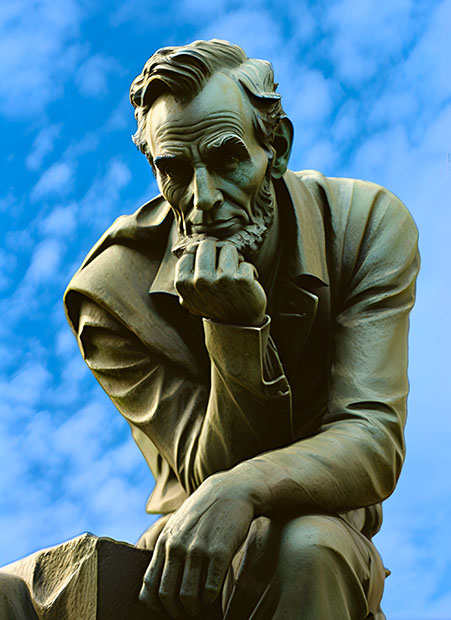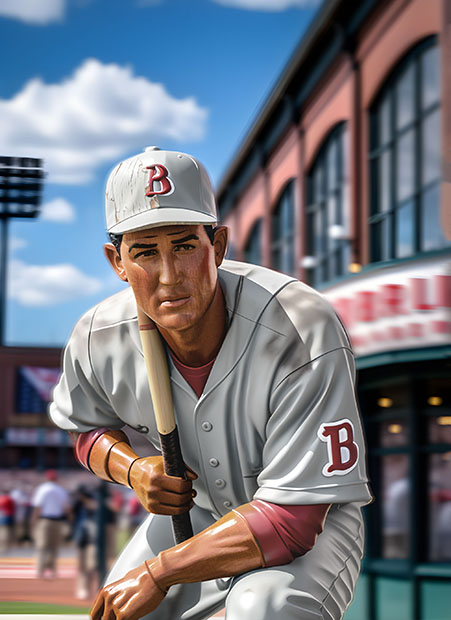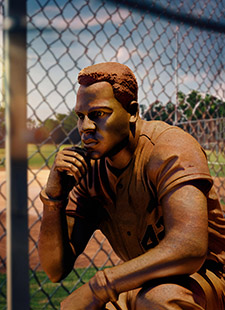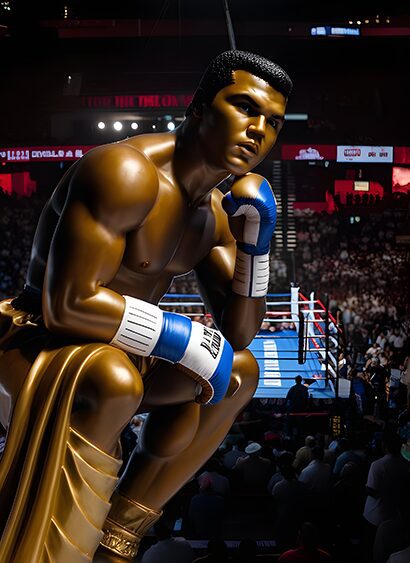Muhammad Ali transcended sports to become one of the 20th century’s most significant cultural figures, transforming from Olympic gold medalist Cassius Clay into a global icon of athletic excellence and social justice. Born in Louisville, Kentucky, he learned to box at age 12 after his bicycle was stolen, channeling his anger into a craft that would make him “The Greatest.”
Ali’s boxing style revolutionized the heavyweight division. He “floated like a butterfly and stung like a bee,” using unprecedented speed and footwork for a heavyweight. His trilogy of fights with Joe Frazier and his victory over George Foreman in the “Rumble in the Jungle” became legendary sporting events that captured global attention.
Beyond the ring, Ali became a powerful voice for civil rights and peace. His conversion to Islam, name change, and refusal to be drafted into the Vietnam War cost him his titles and nearly four years of his prime fighting years. His principled stand against the war, famously declaring “I ain’t got no quarrel with them Viet Cong,” made him a symbol of moral courage and anti-war sentiment.
After retiring from boxing, Ali became a global humanitarian despite battling Parkinson’s disease. He negotiated hostage releases, advocated for poverty relief, and promoted understanding between cultures and religions. His lighting of the Olympic torch at the 1996 Atlanta Games provided one of sport’s most poignant moments, symbolizing both his personal journey and America’s evolving social consciousness.
Muhammad Ali’s Statue
The statue portrays Ali in contemplative repose, cast in luminous bronze that emphasizes his powerful physique. Set against the backdrop of a boxing arena, the piece captures him seated in a thinker’s pose, his boxing gloves suggesting both his athletic prowess and the mental strategy that made him a master of his sport. The dramatic lighting creates deep shadows that accentuate his muscular form, while his thoughtful expression conveys the intellectual and spiritual depth that made him more than just a champion boxer. The arena setting and his forward-gazing pose create a powerful dialogue between the physical and philosophical aspects of his legacy.
More Thinkers to Explore

Abraham Lincoln

Ted Williams


